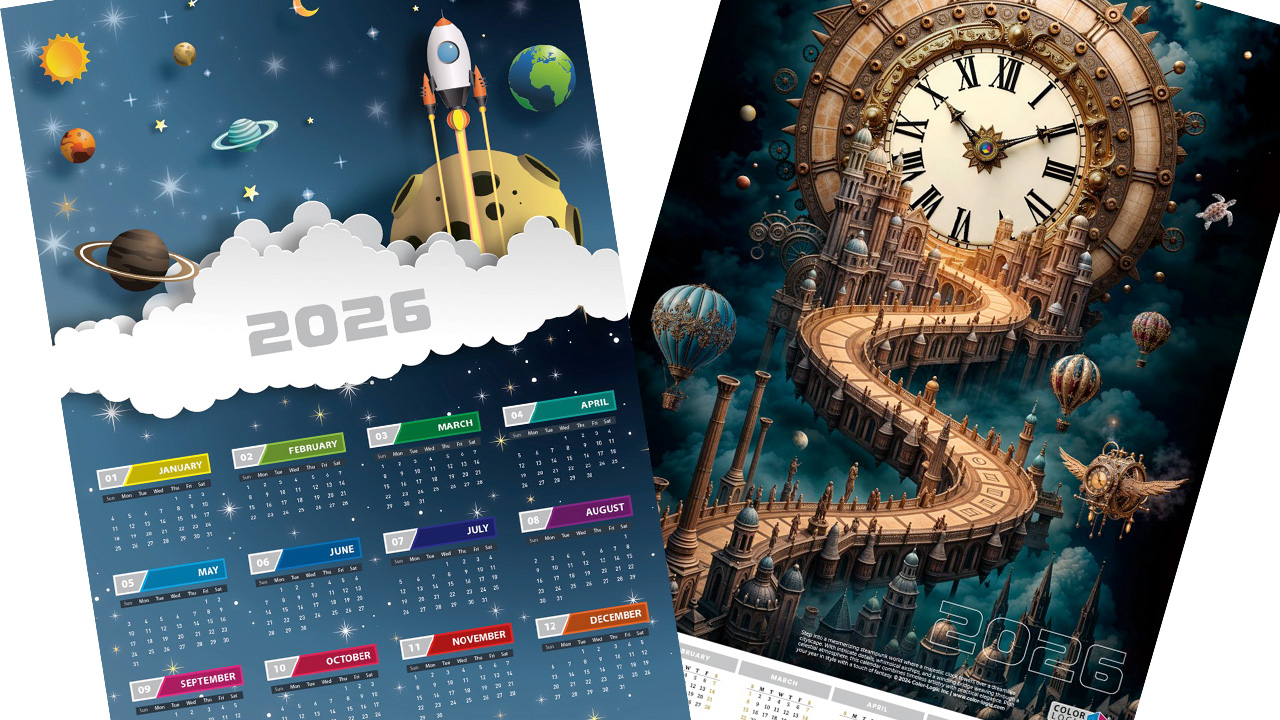The Mike Fairley column

From first steps in digital pre-press and origination to digital printing using the electrophotographic and inkjet processes, as well as ever-increasing levels of automated press set-up, the world of label printing has already undergone quite significant change in a relatively short period of time.
Yet what has already been achieved in digitization and automation is perhaps only the beginning of where the industry will be in another 10, 20 or 30 years as label production moves ever-faster to Industry 4.0, a transformation in which technology will combine digital information with the physical world to add value to a converter’s business.
A world in which automation – incorporating the Internet of Things, cloud computing, cognitive computing – will bring a future where its role will be far more important than can even be imagined today. A world in which productivity will continue to improve, IT costs will be reduced, efficiency will be enhanced and time-to-market reduced.
Recent announcements from leading industry suppliers show the changes taking place. Software and workflow specialist Esko, for example, has unveiled Share & Approve technology that enables Automation Engine users to improve productivity by uploading, sharing, annotating and approving label projects in one centralized online tool. Designed as a cloud-based service, there are no IT overhead costs or efforts involved for customers, compared to traditional on-premises solutions.
AVT has linked its inspection systems to Esko’s Automation Engine and X-Rite Color Cert, allowing automatic set-up of jobs for inspection on both conventional and digital presses, including inspection of barcodes and variable data.
Global Graphics Software has developed a suite of screening technologies which is able to correct quality defects in inkjet output, overcomes streaking, mottling and banding.
Start linking such advances together and it then becomes possible using, say, a Cerm system, to analyze plant performance, including using a personalized dashboard accessible by tablet or smartphone.
In terms of equipment manufacturers, the baseline of Refine’s production involves digital technologies. The company designs machines with a clear focus on automation through Industry 4.0, cloud computing and IoT. This allows for real-time monitoring of machines, full remote control through existing network infrastructures, and consolidation of machine and job data in the cloud. Data is used for problem-solving, preventive maintenance and machine efficiency reports, to name a few.
Press-side corrections of ink formulations to reduce the number of ink corrections needed to achieve accurate color are now provided by Baldwin Vision Systems’ ColorTrack, while Bobst’s DigiColor, an in-line closed-loop color system, enables digital color adjustment during printing. Many other label suppliers are also developing automation, monitoring, correction technology and cloud-based links.
Automated set-up
So, where is all of this taking the label industry of tomorrow? We are already seeing most production lines becoming modular and flexible, with increasingly automated set-up and changeover, integrating digital and conventional processes, adding in-line monitoring/control of ink, register, color, barcodes, variable data and much more, facilitating press-side corrections, and real-time performance monitoring of production equipment.
Such futuristic production capabilities now enable enormous amounts of data relating to production, materials, performance and customers to be generated and evaluated, while also offering the possibility of new services and products. Cloud computing is currently being used successfully in many companies and offers the possibility of using many services independently and flexibly. The Industry 4.0 platform is already improving existing and future offerings by establishing various standards in the area of digitization.
While too soon to evaluate what the label industry will really look like in the next five or 10 years, it is certain that it will become very different to what it was 10 years ago, or even what it looks like today. Like its predecessor, Industry 3.0, the new generation Industry 4.0 technology will also be a change for good.
Stay up to date
Subscribe to the free Label News newsletter and receive the latest content every week. We'll never share your email address.


